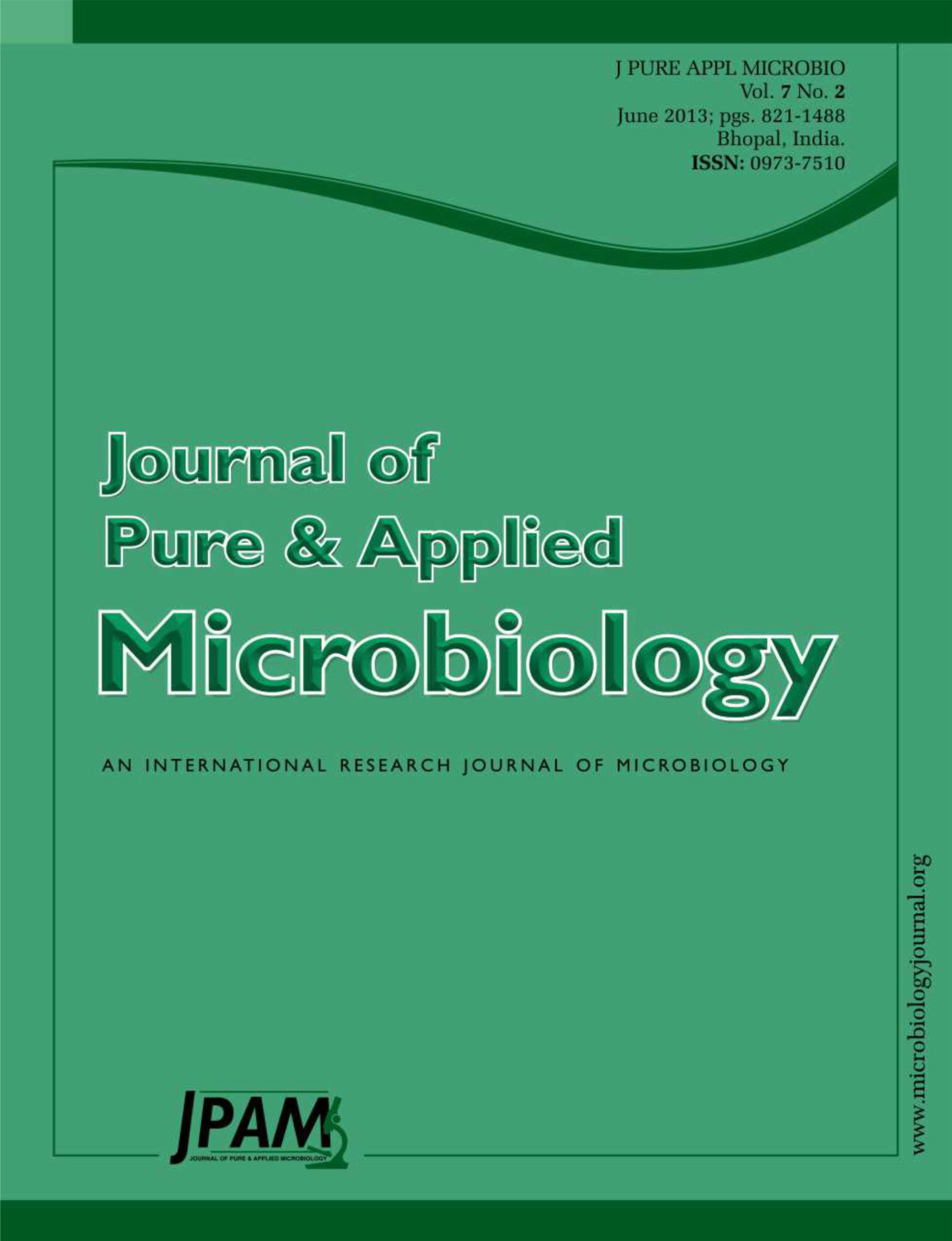This study developed mathematical models to predict Salmonella enterica growth in irradiated pork for specific target groups and immunocompromised patients under constant and dynamic temperature conditions. Irradiated fresh pork slices were prepared by gamma-irradiation at 40 kGy, and inoculated with Salmonella followed by storage at 4oC, 15oC, 25oC, and 35oC up to 240 h, depending on storage temperature. Salmonella cell counts were enumerated on tryptic soy agar during storage. For calculation of maximum specific growth rate (Log CFU/cm2/h), lag phase duration (h), lower asymptote (Log CFU/cm2), and upper asymptote (Log CFU/cm2), the Baranyi model was fitted to the bacterial cell counts. The model parameters were then further expressed as a function of storage temperature (R2: 0.8-0.992). In addition, a dynamic model was also developed to predict Salmonella growth at changing temperature. Mathematical indices showed that the model had good performance with 1.011 and 1.04 for bias and accuracy factors, respectively, under constant temperature. In addition, graphical comparison showed that Salmonella growth simulation under changing temperature was acceptable. The results indicate that the developed models should be useful in predicting Salmonella growth in irradiated fresh pork, which could be used for special target groups and immunocompromised patients.
Salmonella, Pork, Irradiation, Predictive microbiology, Dynamic model
© The Author(s) 2014. Open Access. This article is distributed under the terms of the Creative Commons Attribution 4.0 International License which permits unrestricted use, sharing, distribution, and reproduction in any medium, provided you give appropriate credit to the original author(s) and the source, provide a link to the Creative Commons license, and indicate if changes were made.


